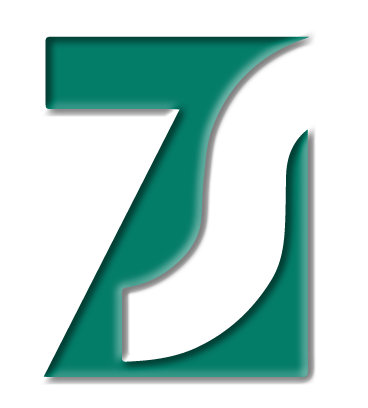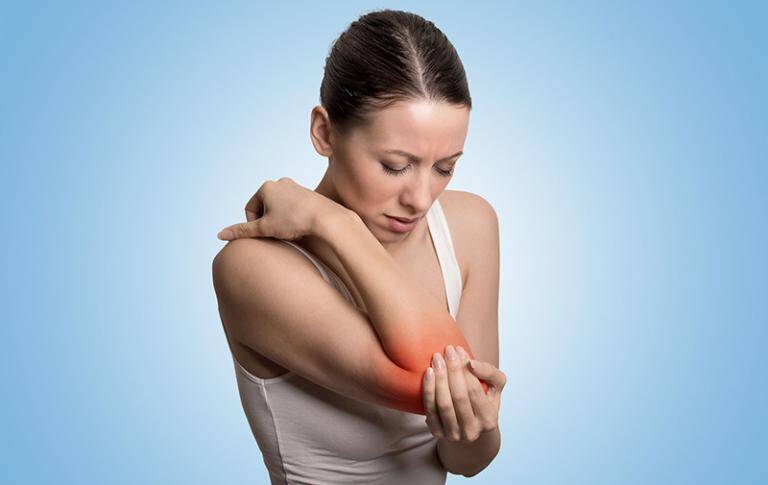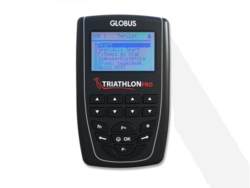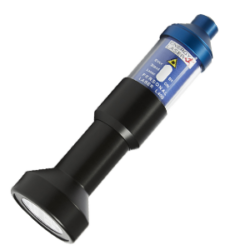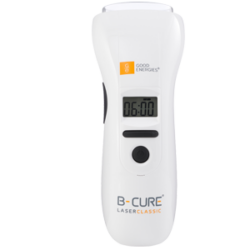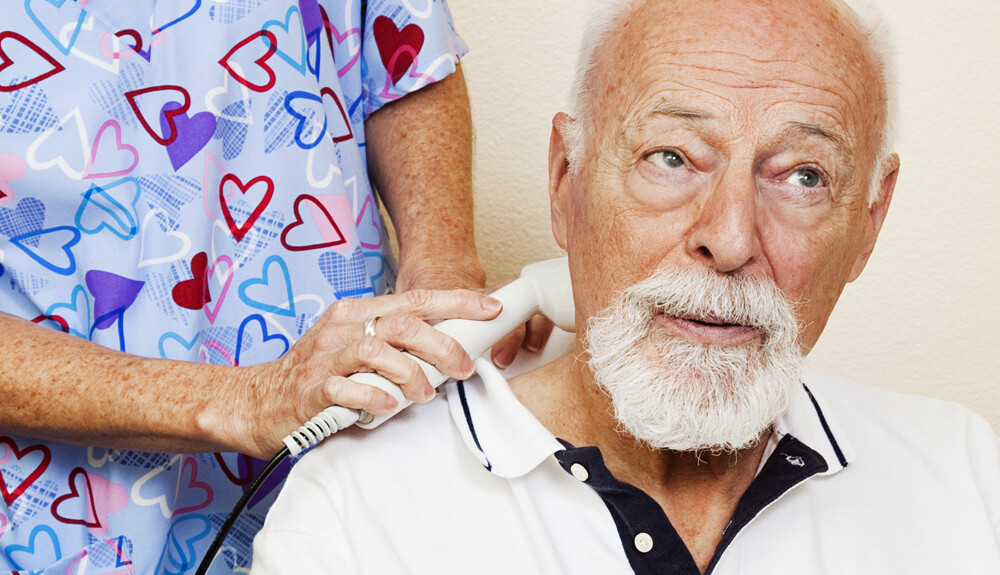Tendinitis or tennis elbow is formed by overuse. It’s not only athletes who struggle with it. It can also affect people who have never held a tennis racket. Unfortunately, the discomfort is not easy to get rid of.
The main cause of tendinitis
When you do repetitive, strenuous physical work with your arm, you overload the points where the tendons of the forearm muscles attach to the bone. A variety of problems can occur. Small tears can develop in the tendon. Parts of the tendon may tear out of the bone or damage the periosteum. Inflammation may develop in these areas. This is the development of tennis elbow – named after its common occurrence among tennis players, but it is not just a condition that affects athletes.
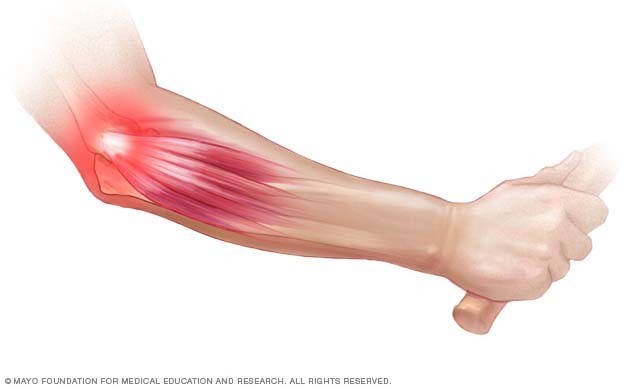
It can happen to anyone who makes frequent repetitive movements with their arm. Most often, for example, among carpenters, joiners, carpenters, carpenters, and butchers. It can also be triggered by things that seem “innocent”, such as prolonged mouse use.
It is often caused by the sudden strain (digging, raking, pruning) of spring gardening after a long winter’s “rest”.
I have met patients who have acquired it while caring for a relative who is permanently bedridden. Pulling a heavy body into a sitting position, turning it over when washing, etc. puts a lot of strain on the forearm muscles and through them the points of attachment to the bone.
Symptoms of tendinitis
The pain develops in the arm you use, the one you put the most pressure on
- Even grasping, lifting or holding a small, light object, or even gripping your hand, can cause very severe pain
- the pain on the outside of the elbow increases with strain
- tension of the back of the hand and fingers increases the pain
- pain may also be excruciating at rest
Home treatment options for tendinitis
One of the most important steps in treating it is to relieve the strain. If possible, you should stop the activity (be it sport or even work) that is causing the discomfort
A wide range of painkillers, steroid and non-steroidal medicines, creams and patches are available. You should be aware that painkillers (usually) have no curative effect, they only suppress symptoms, so it’s worth looking for a solution that also acts on and heals the inflammation.
For recent onset pain, start with cooling. Cooling machine straps that take the shape of the joint are best. If using ordinary ice, also place a towel between the ice and skin. Placing ice directly on the skin and leaving it there for half an hour can lead to frostbite! The analgesic effect of cooling is strongest if the skin temperature is reduced by at least 15°C within 10-15 minutes.
If the cooling doesn’t stop your tennis elbow pain, you can choose to have further physiotherapy treatments. The effects of these are slow to develop – you can expect the pain to ease after 7-10 days of treatment. However, tennis elbow is a very stubborn ‘thing’ and you can expect it to go away completely after 23 months of persistent treatment. In fact… sometimes more than that. In other words, 10-15 days of treatment does not make it go away, it does not mean that the treatment is ineffective, but that the inflammation is extremely persistent.
TENS treatment
TENS devices use electrical pulses to relieve pain. Stick 1-1 electrode 3 to 5 cm above and below the pain and treat in this way. If your device has a modular TENS program, use it, if not, you can choose between the traditional or endorphin programs. TENS is a symptomatic treatment, i.e. although it relieves pain, it has no effect on recovery.
Microcurrent therapy
Microcurrent treatment is similar to TENS, with the difference that microcurrent regenerates the membrane of diseased, inflamed cells and heals effectively, in addition to relieving pain. Thankfully, there are a few devices available that provide microcurrent therapy.
[message title=”Globus Triathlon Pro – With both Microcurrent and TENS therapy” title_color=”#ffffff” title_bg=”#1e73be” title_icon=”” content_color=”#000000″ content_bg=”#ededed” id=””]
[/message]
Ultrasound treatment
Ultrasound rays raise the temperature of the treated tissue, accelerating blood circulation and thus the healing process. Always use contact gel for ultrasound treatment. Move the treatment head in a slow, circular motion over the painful area.
Soft laser treatment
Point the laser beam at the most painful point on the tennis elbow and hold it there until 5 Joules of energy are applied to the painful area. Different laser power levels require different treatment times – read the device’s guide! The energy of the laser beam penetrates deep into the tissue, stimulating the healing process. Effectively reduces pain and inflammation.
Examples of soft lasers for tennis elbow and tendinitis treatment at home:
[message title=”Personal Laser L400 Soft Laser” title_color=”#ffffff” title_bg=”#1e73be” title_icon=”” content_color=”#000000″ content_bg=”#ededed” id=””]
[/message]
[message title=”B-Cure Classic Soft Laser” title_color=”#ffffff” title_bg=”#1e73be” title_icon=”” content_color=”#000000″ content_bg=”#ededed” id=””]
[/message]
Magnetic therapy
Pulsating magnetic field therapy using electric current is effective for any joint or tendon condition, including tennis elbow.
Warning: so-called static magnets – not produced by electricity – such as bracelets, necklaces, straps, belts, etc. have no medically proven effect.
